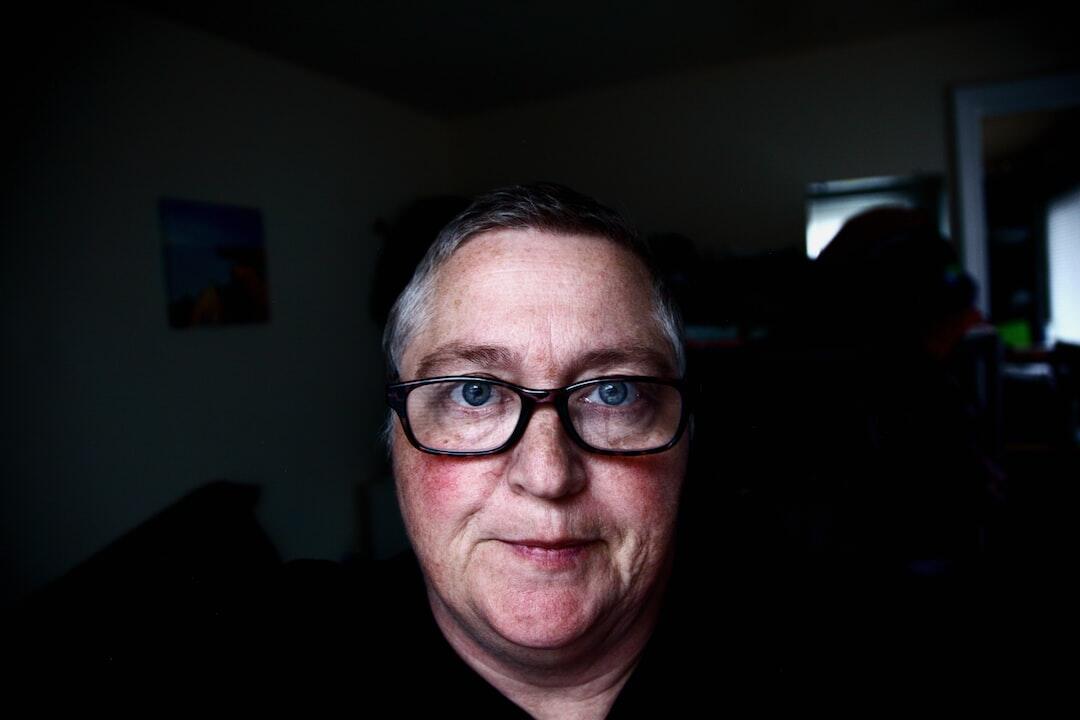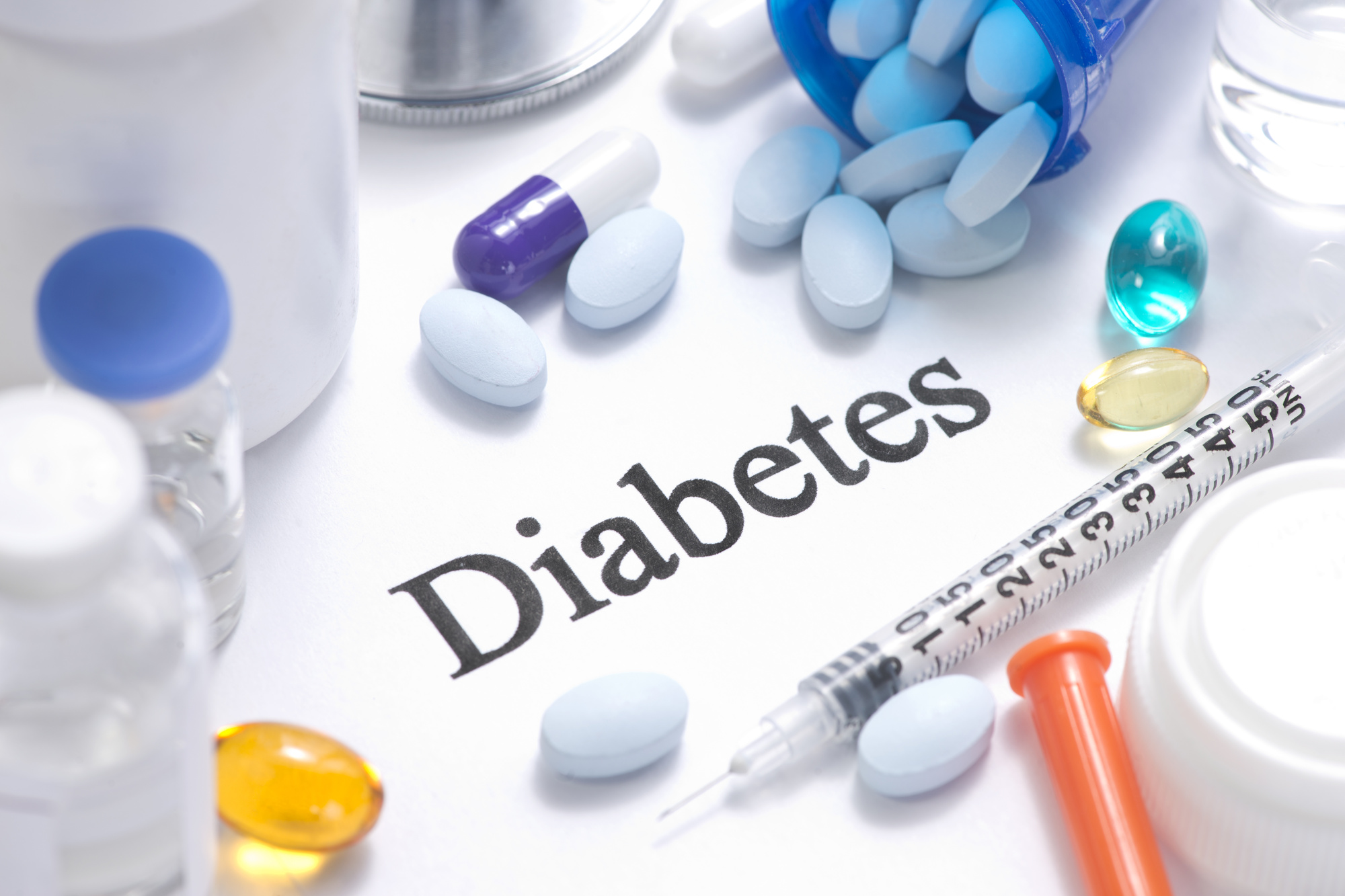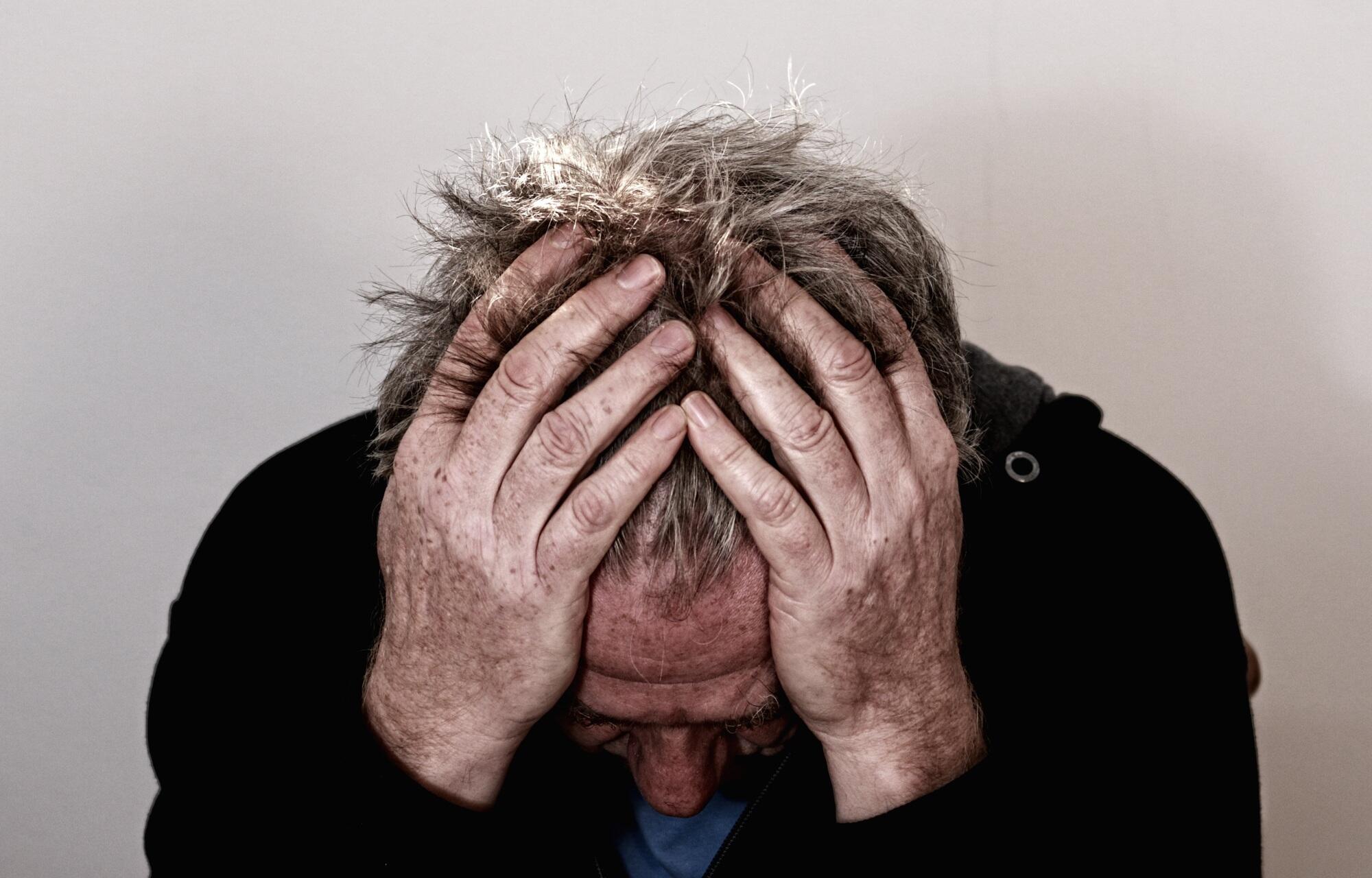
Early Warning Signs of Diabetes: What Symptoms Should You Look Out for?

Studies show that approximately 34.2 million Americans suffer from diabetes. That’s 1 out of every 10 Americans. As such, if you’re worried about having diabetes yourself, thinking so wouldn’t be much of a stretch.
But how can you tell whether diabetes is something you might have? The key is to look out for specific symptoms.
Curious as to what these symptoms might be? Then keep on reading. Here are the early warning signs of diabetes.
Great Thirst
One of the most common symptoms of type 1 diabetes and type 2 diabetes is great thirst. If you feel that you can never get enough water, diabetes might very well be the culprit.
Why does diabetes make you thirsty? Because high blood sugar levels force your kidneys to work harder than they would otherwise. The kidneys force more urine out of the bladder and because the kidneys and bladder need to be replenished, they tell the brain that it does, indeed, need more hydration.
Frequent Urination
As was just noted, high blood sugar causes the kidneys to create more urine than they would otherwise. This is done as a means of purging some of the sugars from the body.
So, if you find yourself urinating more frequently than usual, you should consider whether you might be suffering from diabetes.
Hunger
Everyone feels hungry from time to time. But if you’re feeling hungry on a regular basis, you might want to consider that diabetes could be the reason.
Diabetes prevents glucose from entering the cells in the body. As such, the feeling of hunger is never truly satiated. So, even after food has been consumed, the feeling of hunger remains.
Slowed Healing Ability
You’ve been alive a long time and you have a good idea as to how long your wounds usually take to heal. If you notice any lengthening in the amount of time that it’s taking for your wounds to heal, you might want to get yourself to a doctor so that you can be screened for diabetes.
Diabetes reduces healing ability for a bevy of reasons. Not only does it make the blood vessels smaller, making it more difficult for nutrients to reach damaged areas of the body but it also slowly damages the immune system, reducing healing ability overall.
Darkened Skin
Have you noticed that any portions of your skin are darker than the others? If so, this could be due to diabetes.
See, diabetes causes there to be too much insulin in the blood. This insulin then reacts with the body, leaving brown blotches of skin in areas like the armpits and groin as well as any other areas in which rolls of fat might exist.
Numbness in the Nerves
Another symptom to look out for is numbness in the nerves. If you sometimes lose feeling in parts of your body, diabetes could be the problem.
Why does diabetes cause numbness? It’s believed that high blood sugar destroys the nerves over time.
This is why, in most cases, this symptom will present itself long after diabetes has. Note, however, that in some individuals, numbness will occur early on in the existence of diabetes.
Poor Vision
Poor vision could signify the existence of type 2 diabetes as well. This is due to the blood vessels around the eyes restricting and allowing excess amounts of fluid into the lenses.
Note, in most cases, it’s a temporary problem. However, if not treated, it can cause damage to the eyes, and can sometimes even result in permanent blindness.
Diagnosing Diabetes: What Does It Entail?
If you notice even a single one of these problems cropping up, you should mention it to your doctor. He or she will assess it more carefully and determine whether it’s a cause for concern. It might signify diabetes and it might not, so further testing will need to be facilitated.
There are a few different tests that might be carried out, including:
Glycated Hemoglobin Test
The first test you’ll undergo is the glycated hemoglobin test. This test measures the hemoglobin in your blood to determine how much of it has sugar attached.
The more sugar that’s attached, the higher your blood sugar is. 6.5% is the minimum for diabetes. So, if your test shows that you’re over 6.5%, you will be formally diagnosed and treated.
Note, it’s customary to be tested multiple times. Most doctors like to see 2 or more tests showing the same or similar results.
Blood Sugar Test
The glycated hemoglobin test isn’t satisfactory for all patients. In some cases, it’s just not available. When it can’t be facilitated, blood sugar tests are facilitated instead.
There are two types of blood sugar tests: fasting blood sugar tests and random blood sugar tests. The former occurs after hours of not eating; the latter occurs at random.
If you have a random blood sugar level of 200 mg/Dl or higher, you will be diagnosed with diabetes. If you have a fasting blood sugar level of 126 mg/Dl or higher, you will, again, be diagnosed with diabetes.
Oral Glucose Tolerance Test
You might also undergo an oral glucose tolerance test. This is a test in which your active blood sugar levels are tested in a controlled environment.
You’ll have to fast prior to the test, at which you’ll drink a sugary beverage of some kind. Then, in the coming hours, your blood sugar will be tested. If you test at over 200 mg/Dl, you’ll be diagnosed with diabetes.
Spotting the Early Warning Signs of Diabetes Can Have Seismic Long-term Effects
Diabetes can do quite a number on the body. As such, if you don’t want to suffer irreparable damage, spotting the early warning signs of diabetes is hugely important.
The second you notice these signs present in yourself, get to a doctor. Early treatment can work wonders.
Looking for medications for diabetes? Kiwi Drug can help. Browse our selection of diabetes drugs now!
Related Posts

